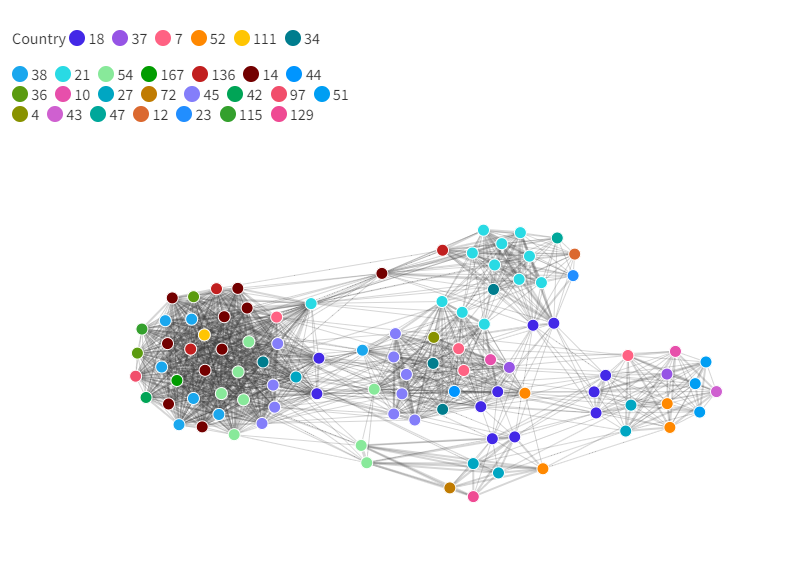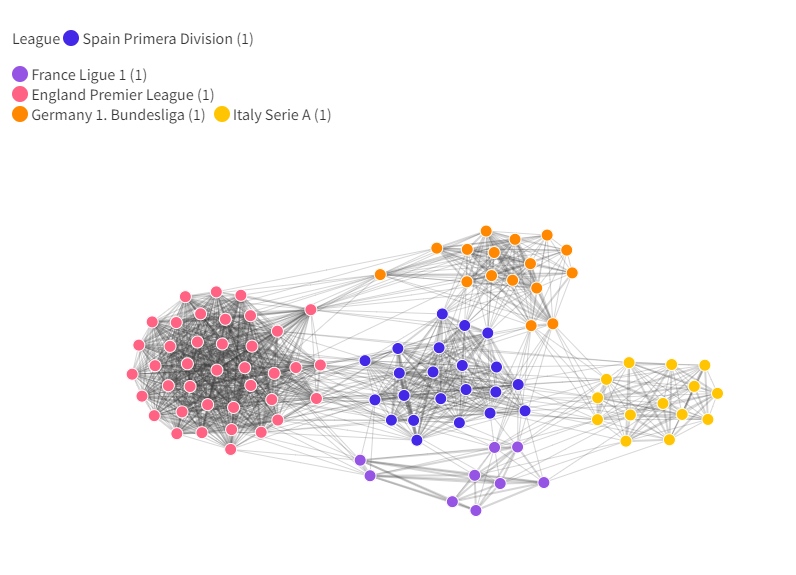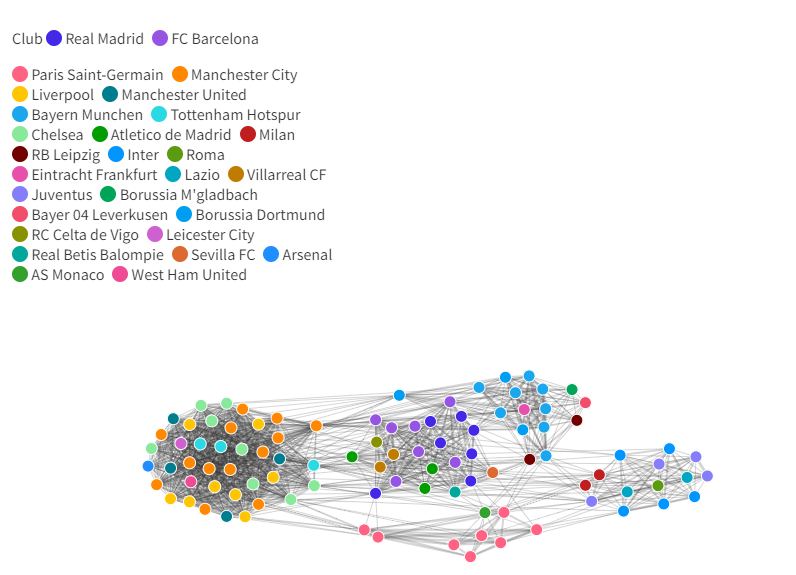If you like football (soccer) and video games just like me, you’re probably also thrilled about the upcoming release of FIFA 23 on September 30th. Otherwise, you probably don’t even know what FIFA 23 is, so I’ll provide a quick explanation.
FIFA (Federation Internationale de Football Association) is the association that governs football around the world. Every year, in partnership with EA Sports (a video game development company), they release a new version of their football video game called FIFA. This year’s release is called FIFA 23.
In the FIFA saga, players can play against each other using real-life teams. However, one of the most enjoyable game modes is ‘Ultimate Team’, where users build their own team by purchasing players within an in-game market with in-game currency.
In Ultimate Team, there are two aspects that make a team good: rating and chemistry. In a few words, your team is good if your players have a high rating and if your players have ‘chemistry’ between them (belong to the same club/league/country).
Understanding Player Chemistry
This year’s release comes with a completely redesigned player chemistry system. Now you must build up your team’s chemistry as follows:
- 2 players of a club or nation = + 1 chemistry
- 3 players of a league = +1 chemistry
- 4 players of a club = +2 chemistry
- 5 players in a nation or league = +2 chemistry
- 7 players of a club = + 3 chemistry
- 8 players in a nation or league = +3 chemistry
In essence, the more your players are ‘related’ to each other, the better. Here’s where graph theory enters the frame, and where I show you how we can use it to build a winning team.
Graphing Player Chemistry
Since chemistry depends on player connections, we can identify the team with the highest chemistry by performing a clustering analysis on a graph where players are nodes and their club/league/country connections are edges.
This would require us to generate a graph of over 19,000 nodes. However, since the player rating is also an important factor for the team’s rating, we can narrow our analysis to the top 100 rated players in the game.
With some web scrape work, I was able to retrieve the data for these 100 players and generate the following graphs using an online mapping app:



Here, we can see three almost identical graphs representing the connections between players through weighted edges. The weight of the edge is determined by the number of connections between the two players (eg. If two players play in the same league and country, the weight is 2).
The first graph is color-coded by the player’s nationality, the second by the league they play in, and the third by the club they play for.
Building The team
In plain sight, we can identify that the clustering is practically determined by the players’ leagues, which makes sense due to the increased probability of playing for the same club given you play in the same league (if you don’t play in the same league the probability is zero). This by itself, already tells us that building a team from a single league is probably the way to go.
However, we can get way more technical by taking a look at quantitative data points to arrive at a better conclusion.
First, the graph contains 1385 edges representing 1783 connections between players. In terms of edges, the average degree is (2 x 1385 / 100) = 27.7, and the highest degree is 49 (İlkay Gundogan). But if we focus on connections, then the average is (2 x 1783 / 100) = 35.66 and the highest is 61 (İlkay Gundogan). In both cases, this seems to tell us that building a team around Gundogan would probably be a good idea.
Second, the average clustering coefficient is C = 0.819 and the highest clustering coefficient is 1 (shared among 18 players). The two are extremely high values, but they make sense in this scenario. Of these 18 players, 7 share the highest degree at 38, but only one has the highest number of connections (51) and that’s Erling Haaland.
Conclusion
From the above, we can easily conclude that the best approach to building your team is to start with İlkay Gundogan and Erling Haaland as your foundation (this works exquisitely since they are both from the same club). Then you can use the graphs above to continue purchasing Premiere League players that you like and that have direct connections to either of these players.
Other options such as building a team around a La Liga player like Valverde can also work. However, the chemistry won’t be as high as if you do it with Premier League players.
The key takeaway here is that the connectivity and clustering of the nodes have a direct correlation with the team’s chemistry. Hence, selecting a well-connected starting point is vital to achieving high team chemistry.
One reply on “How to dominate FIFA 23 using graph theory”
Very interesting read! FIFA 23 had a switch in the way they do chemistry, and given this graph theory analysis I am sure to build my team around Haaland or Gundogan. Hoping to win some matches using this tactic!